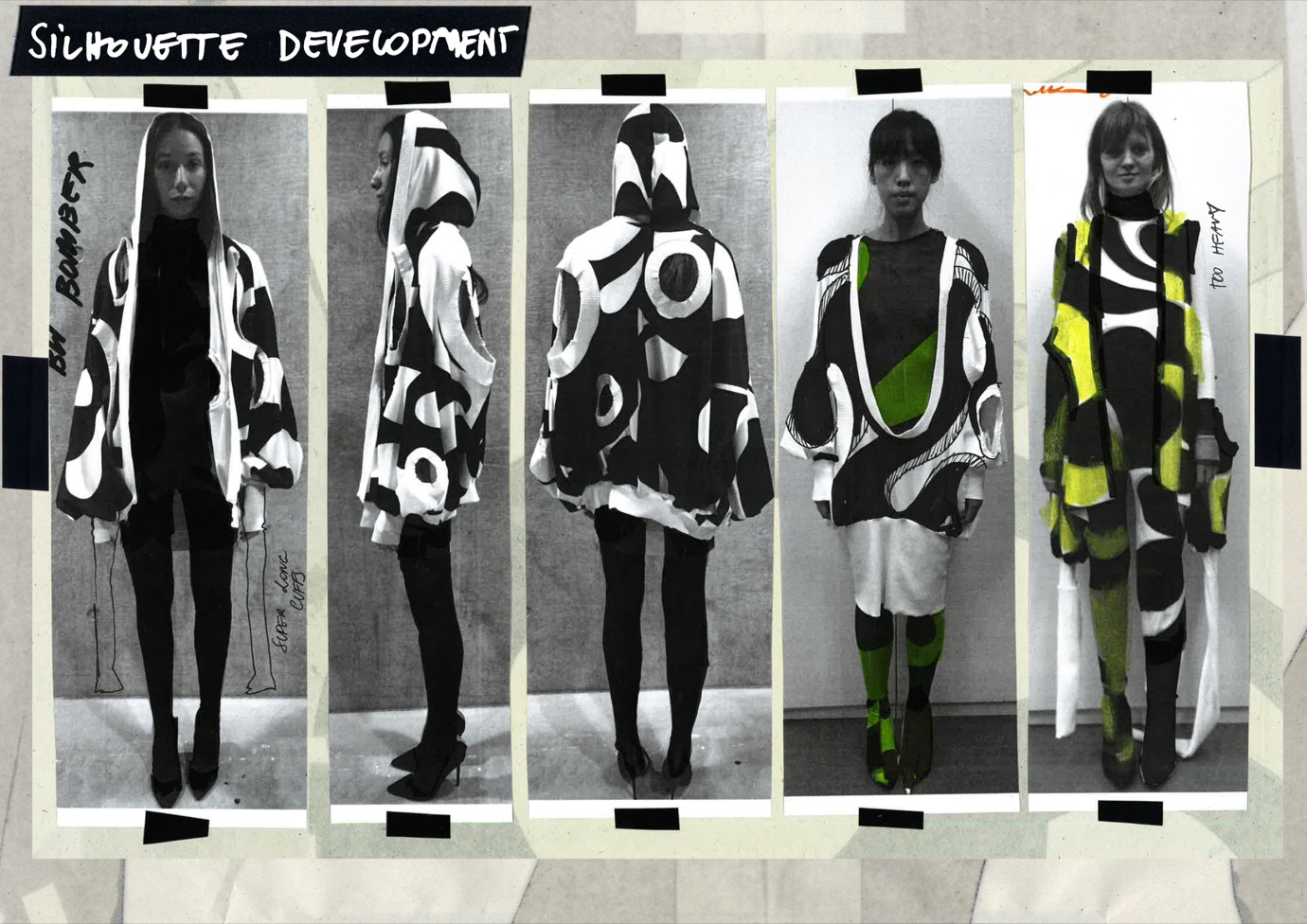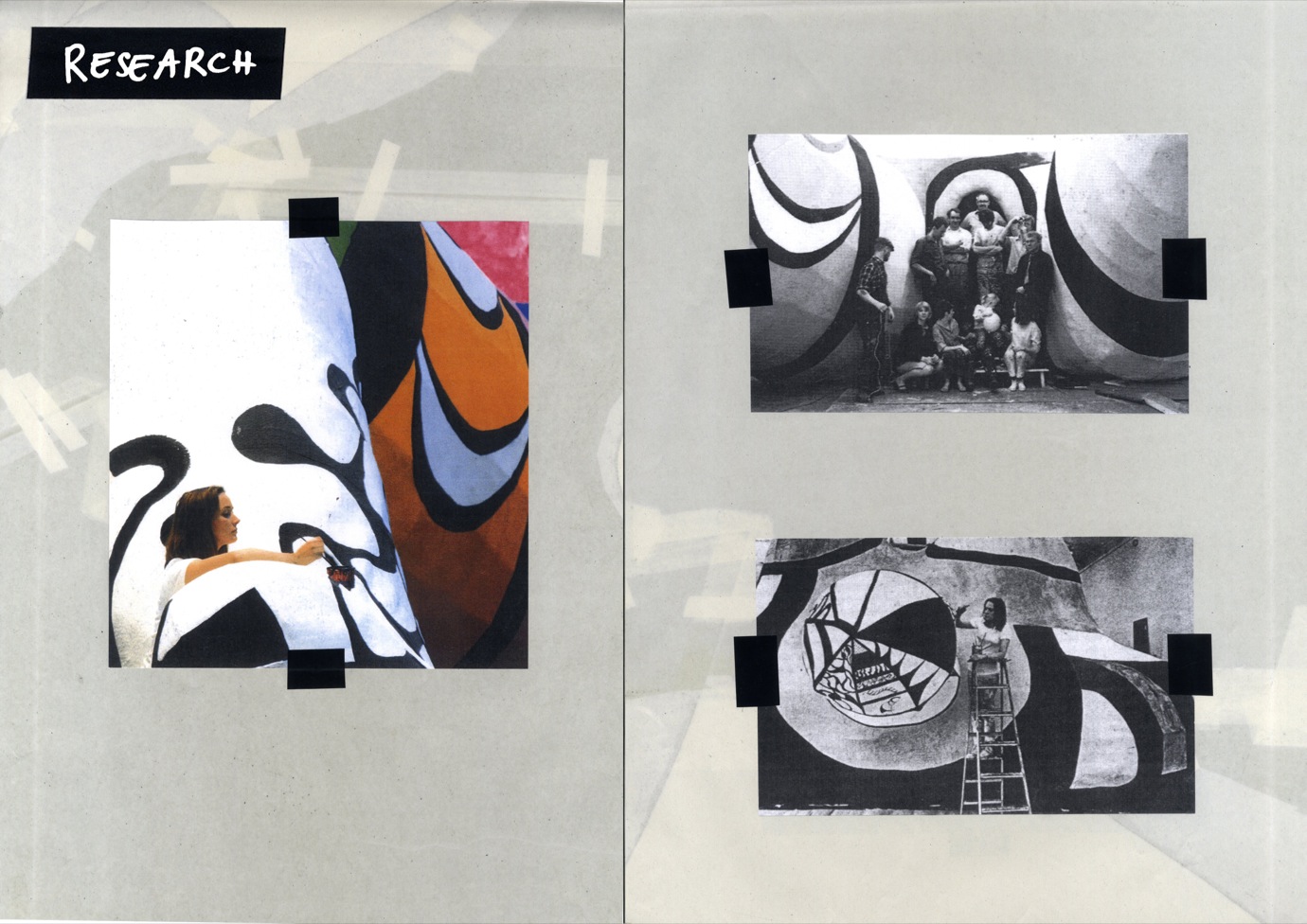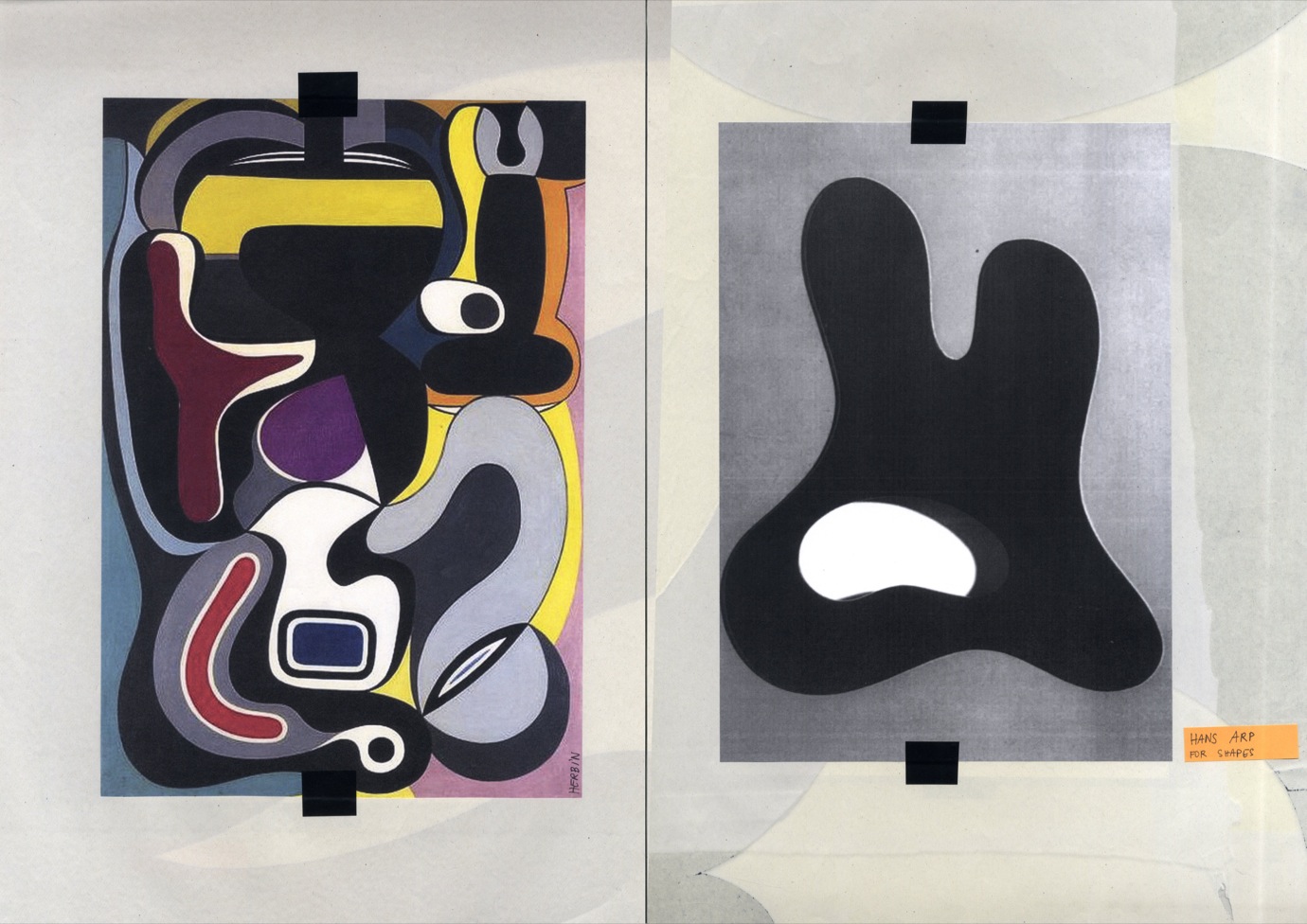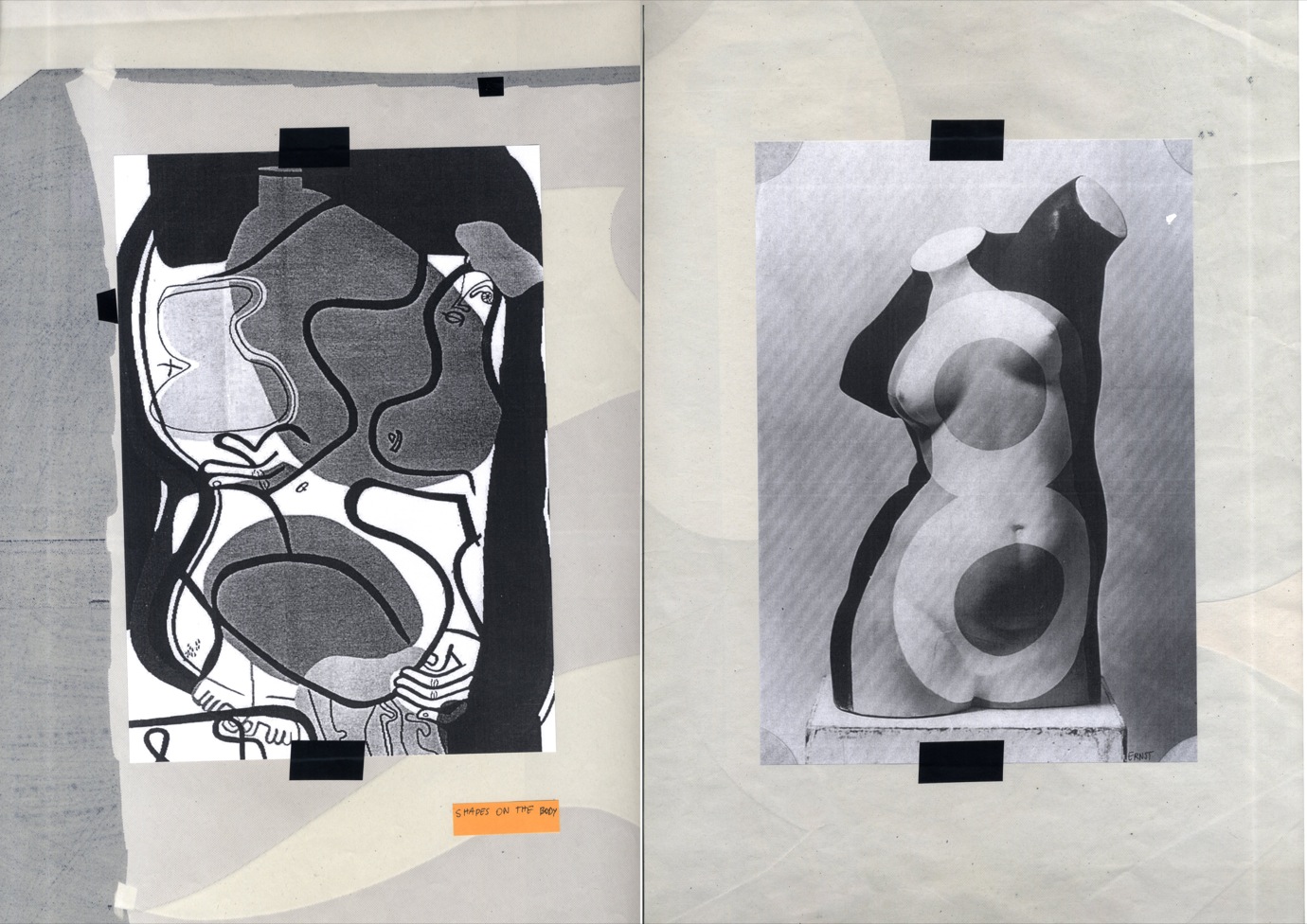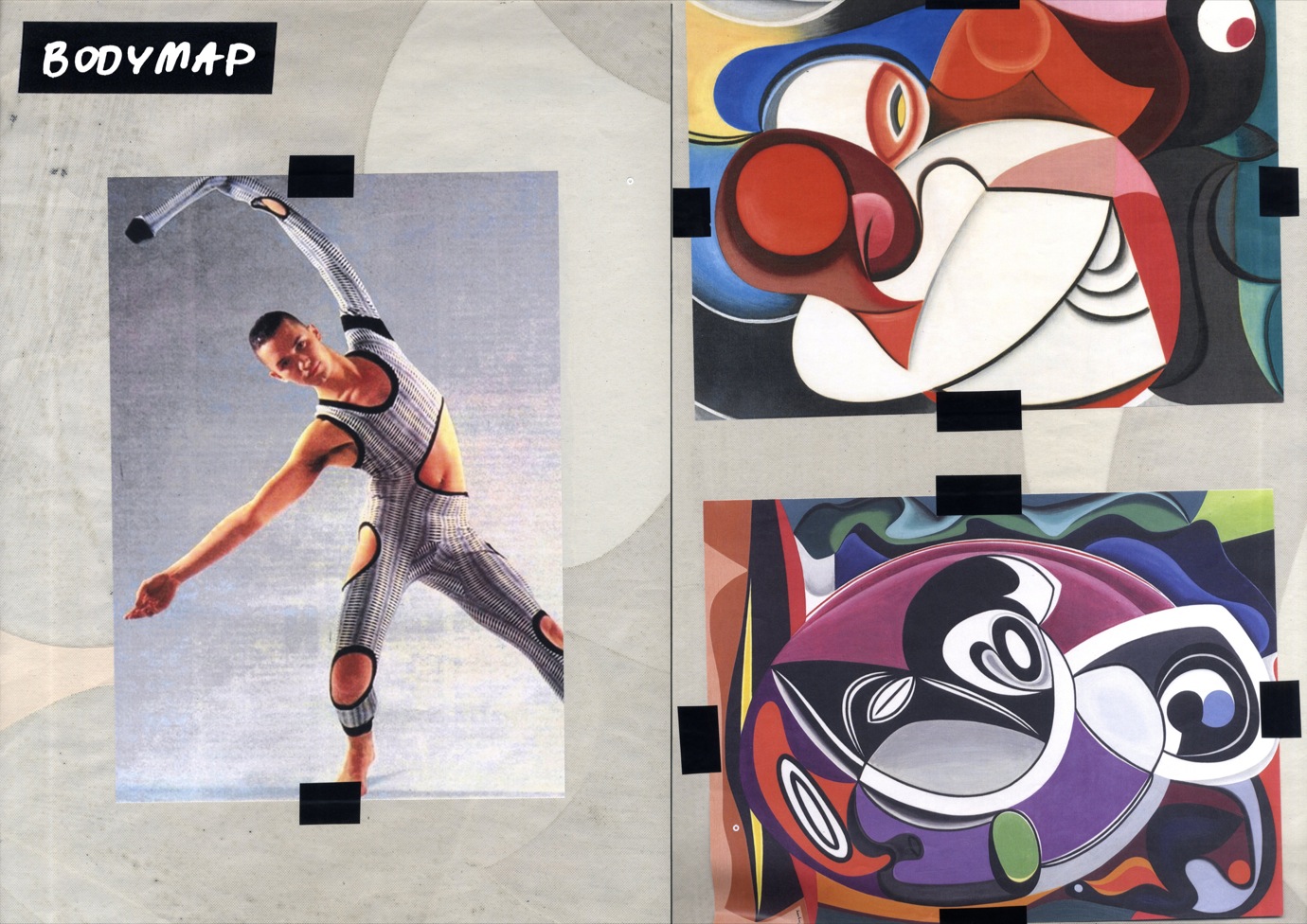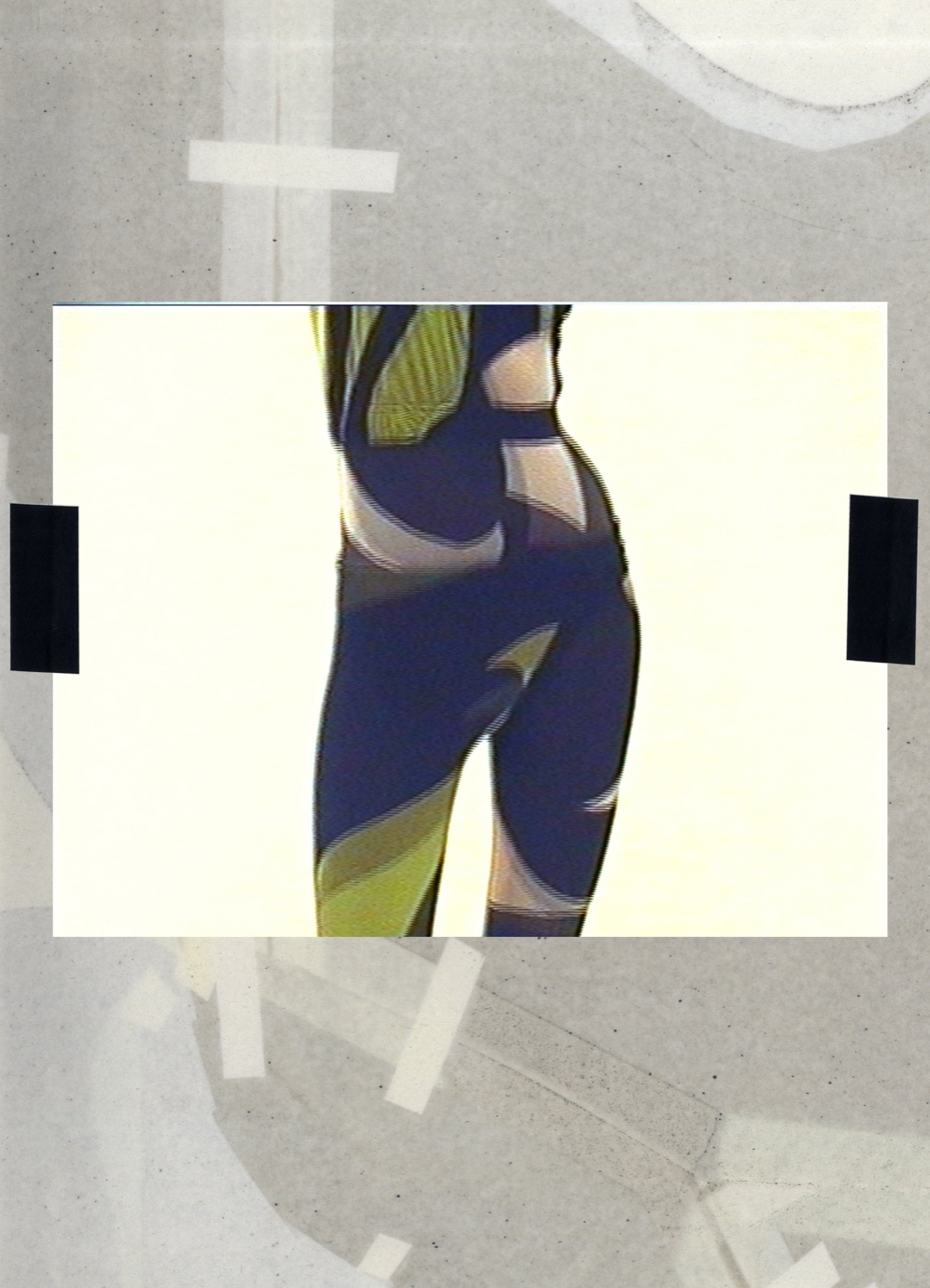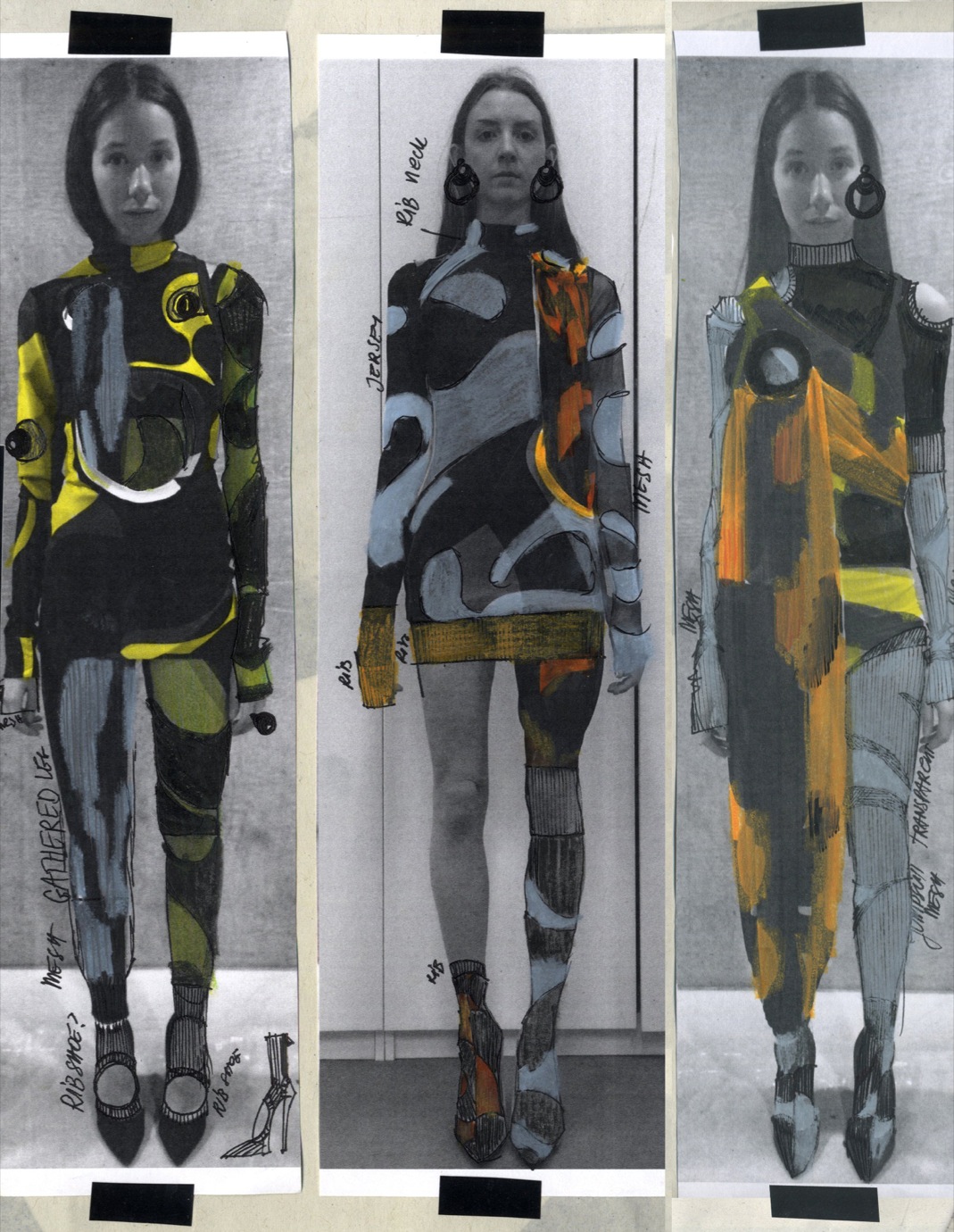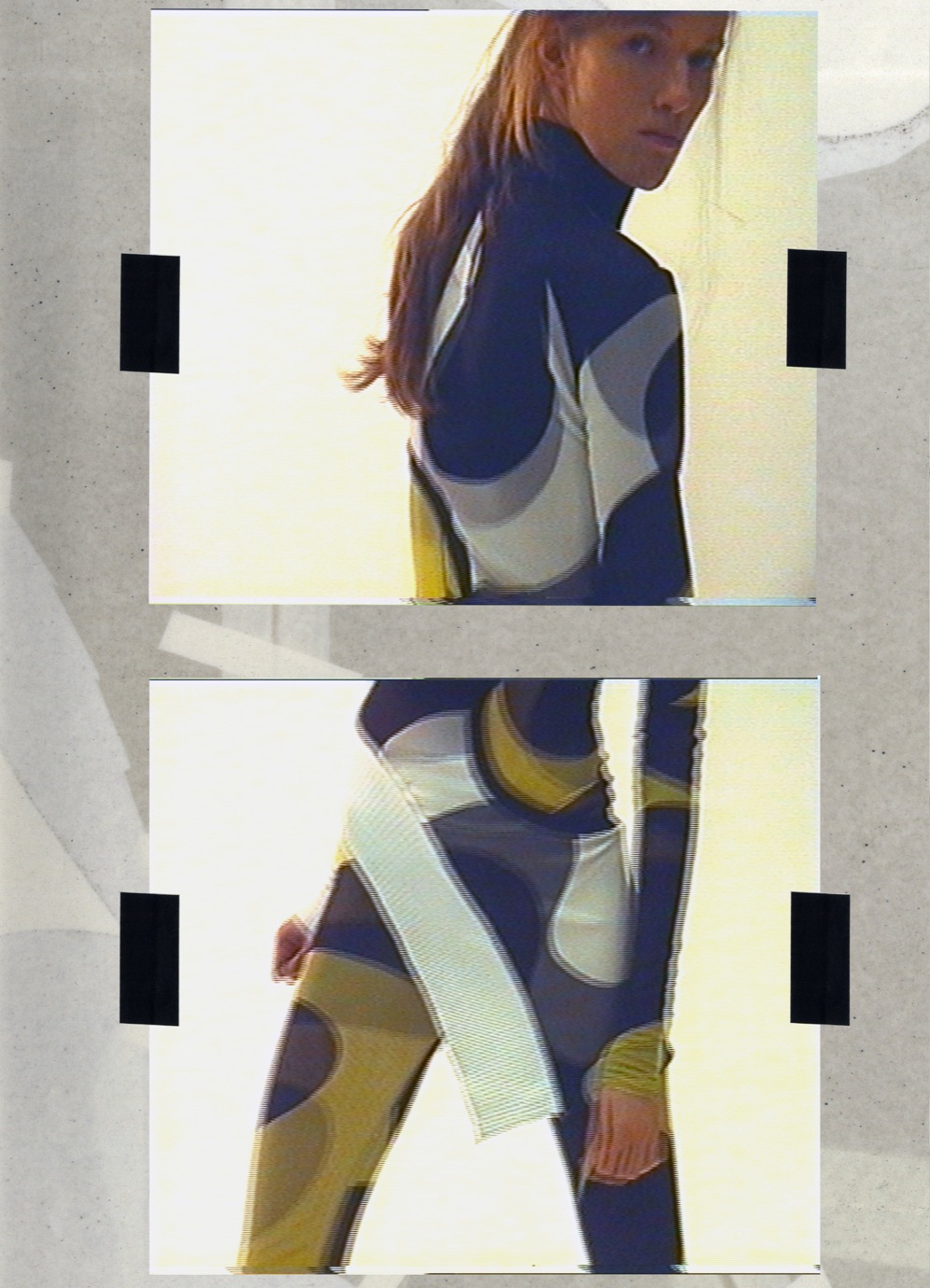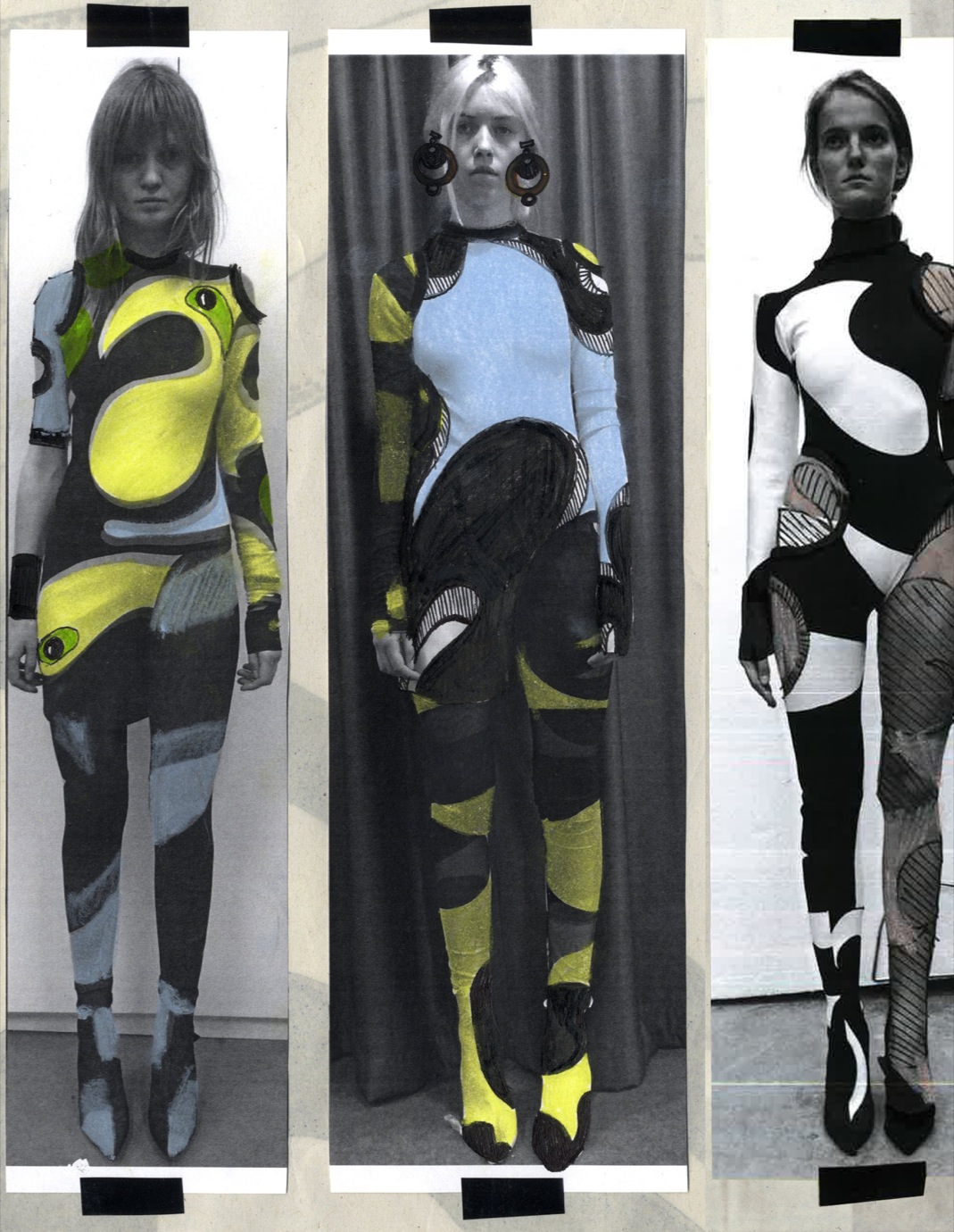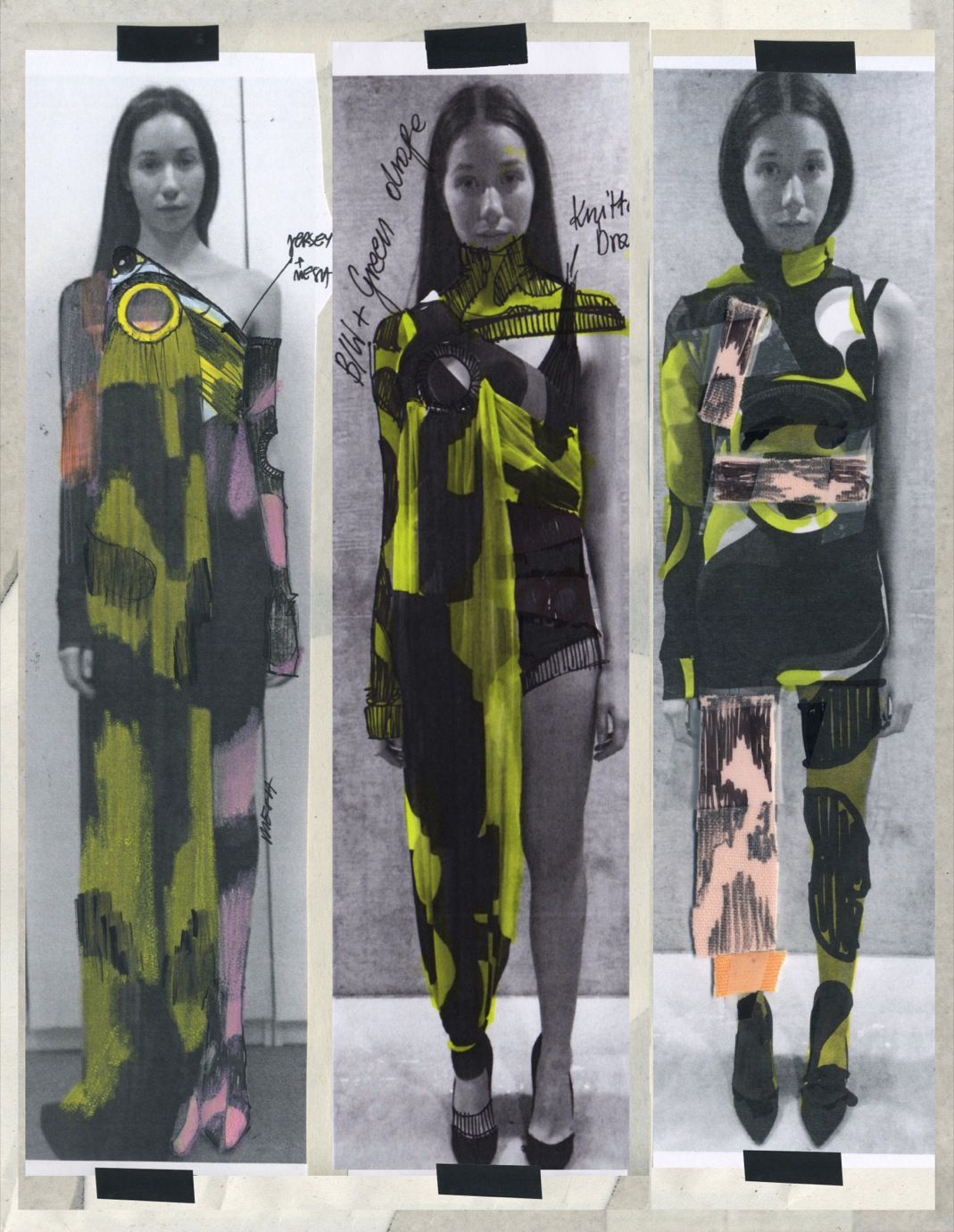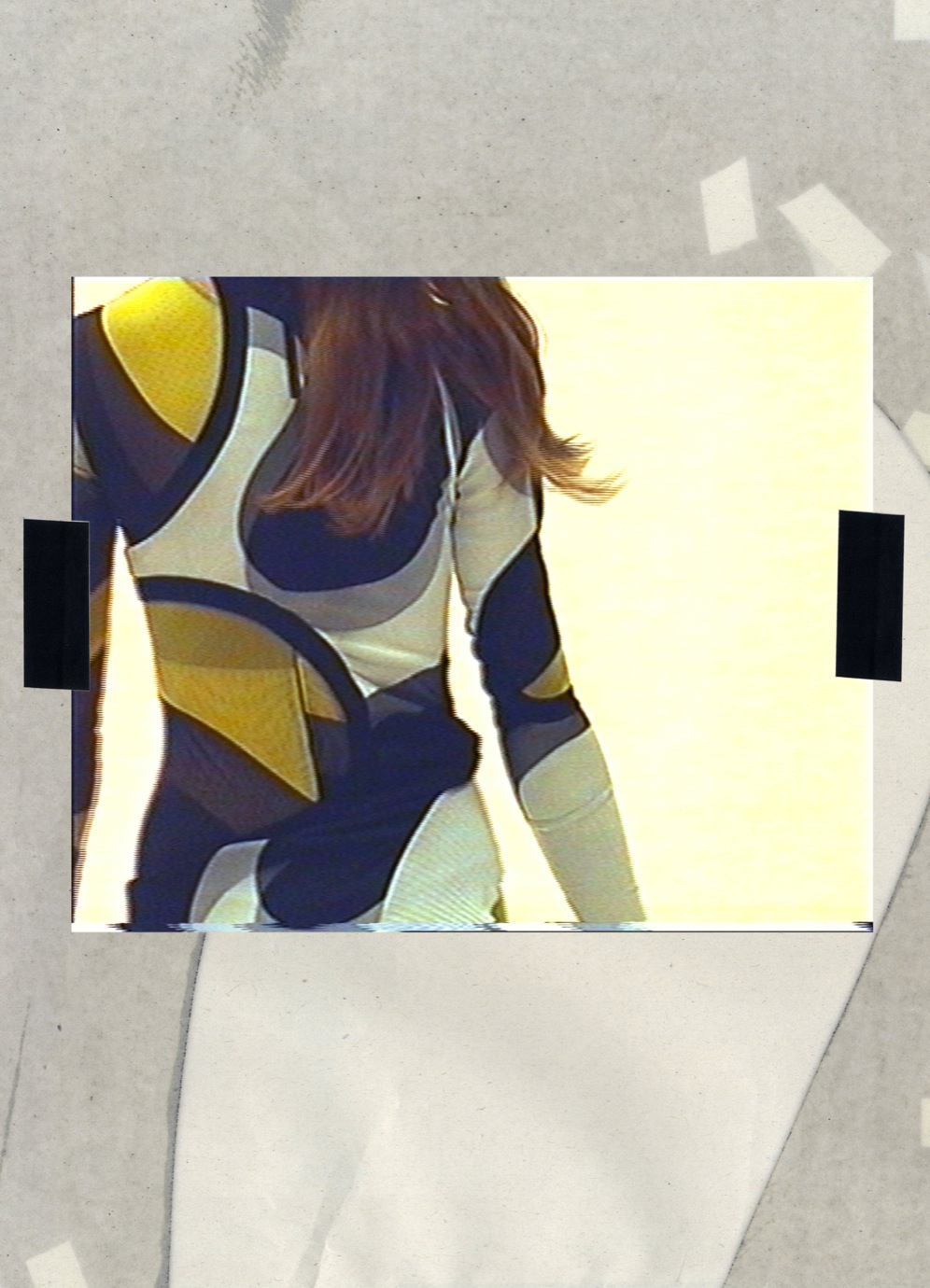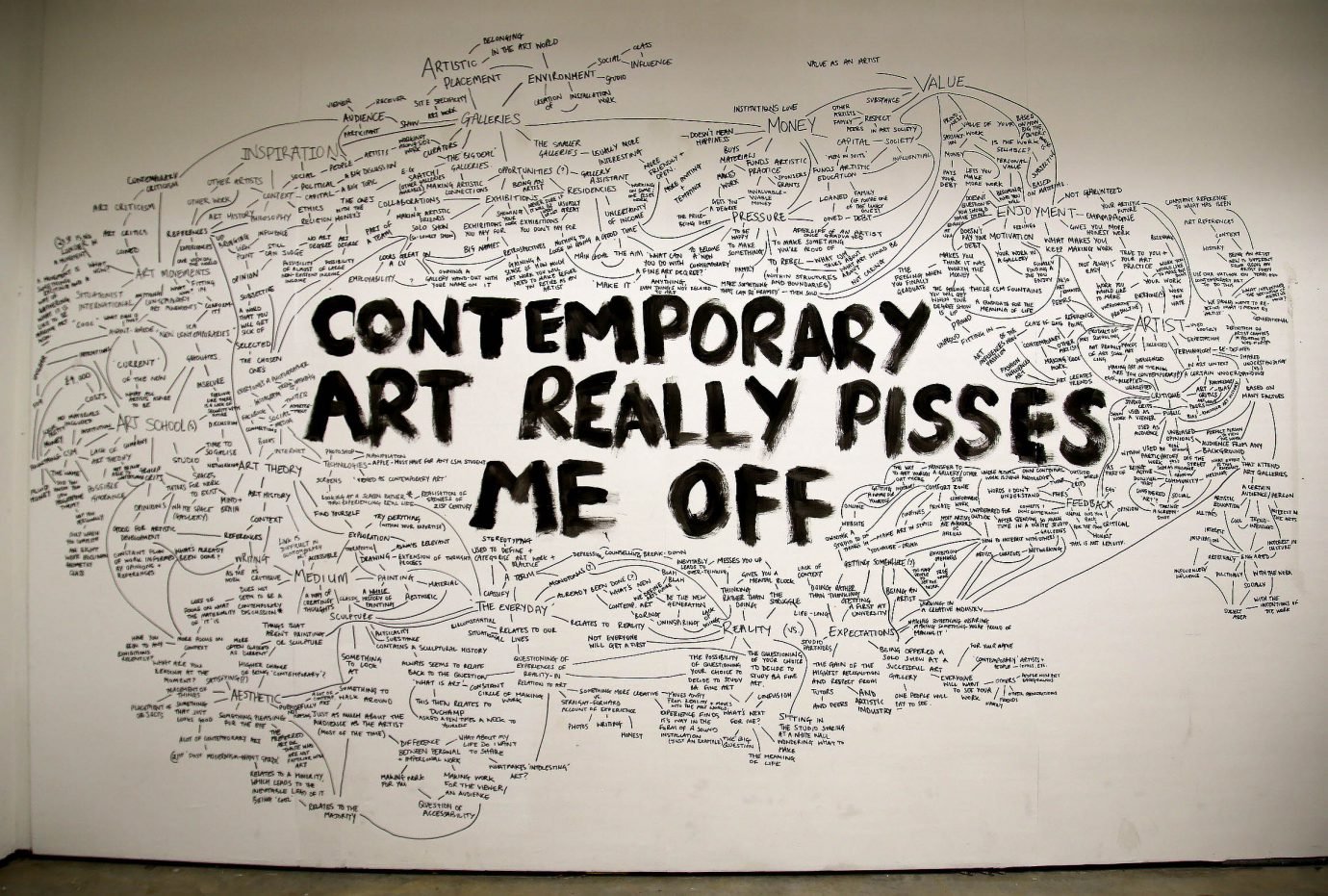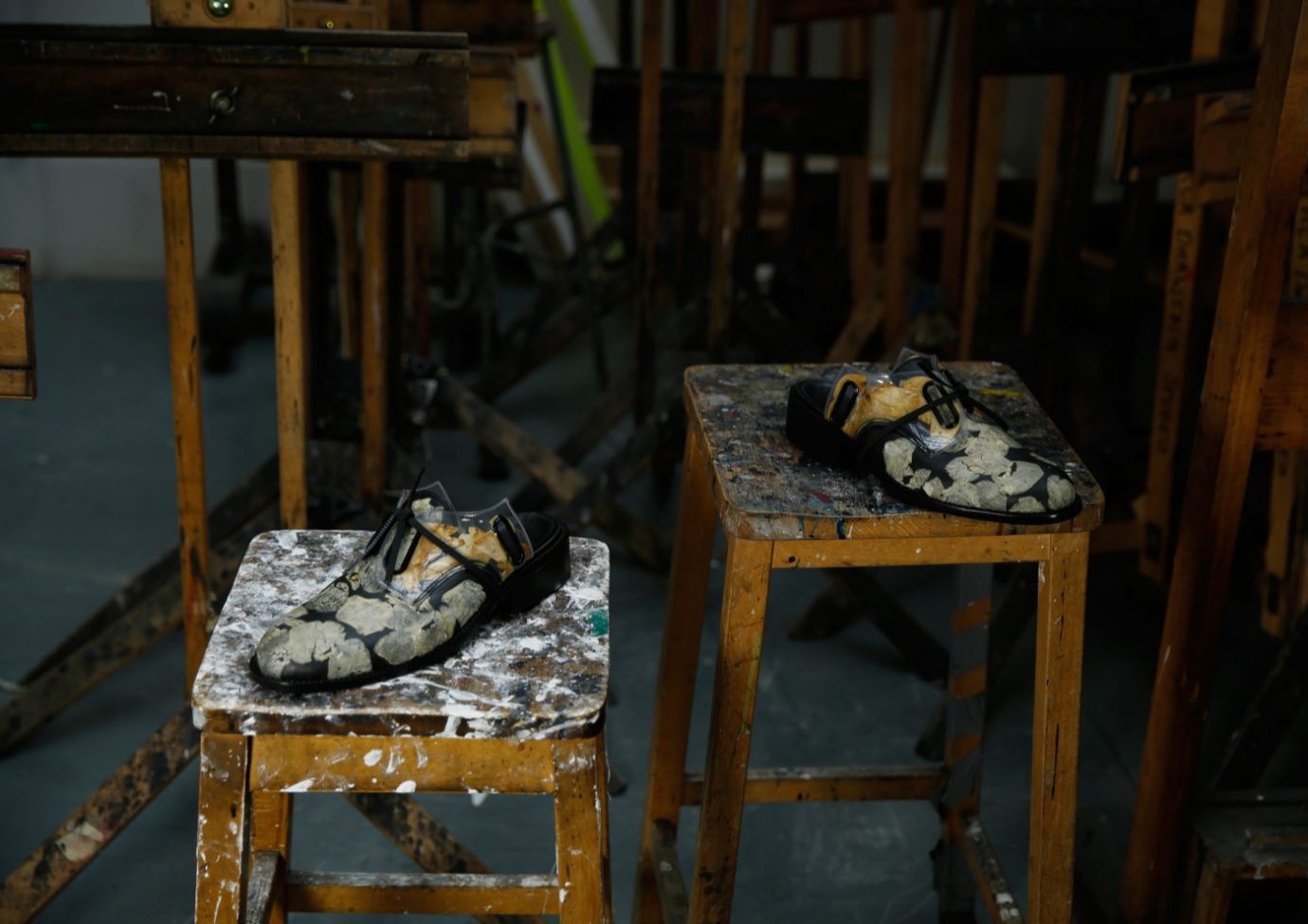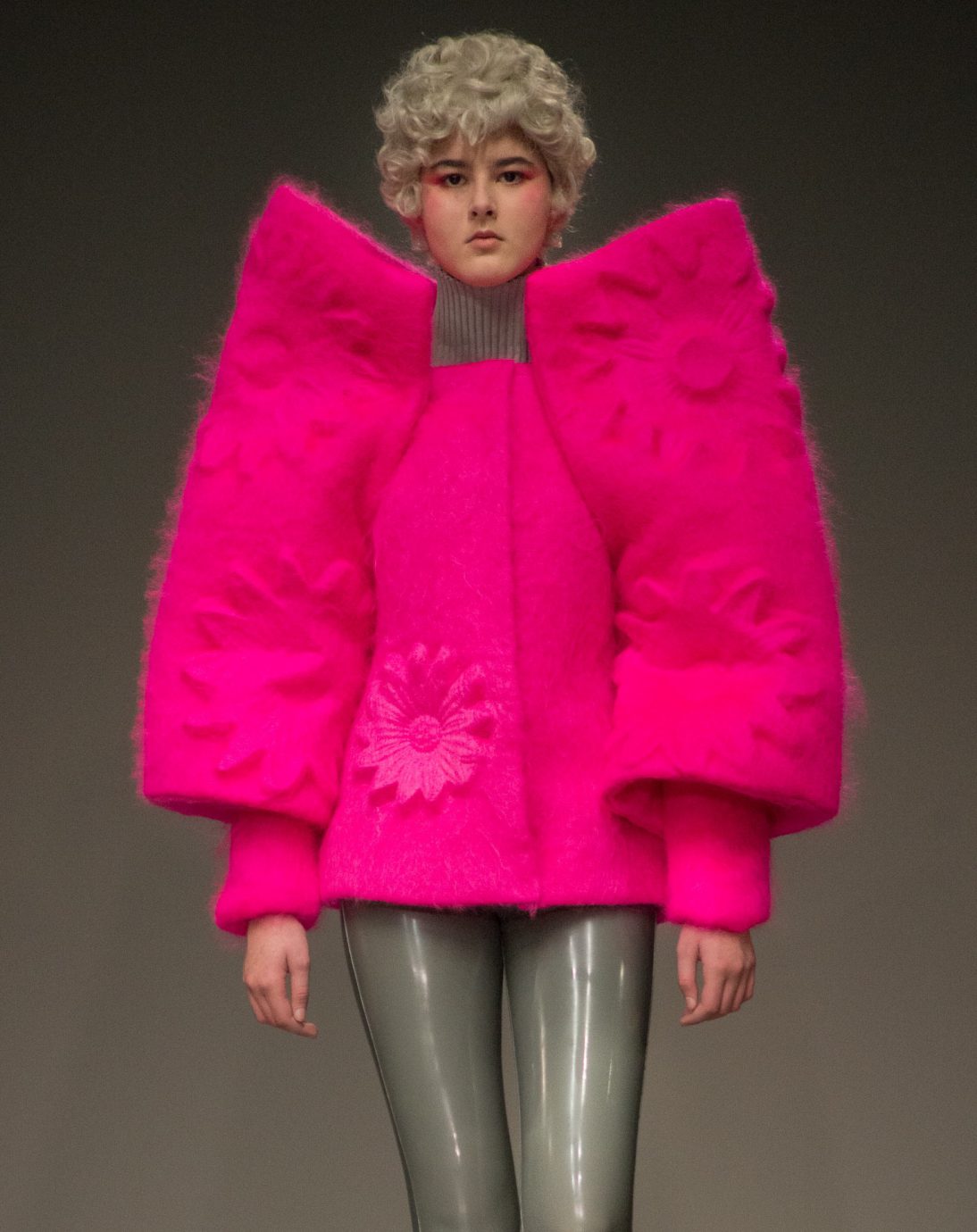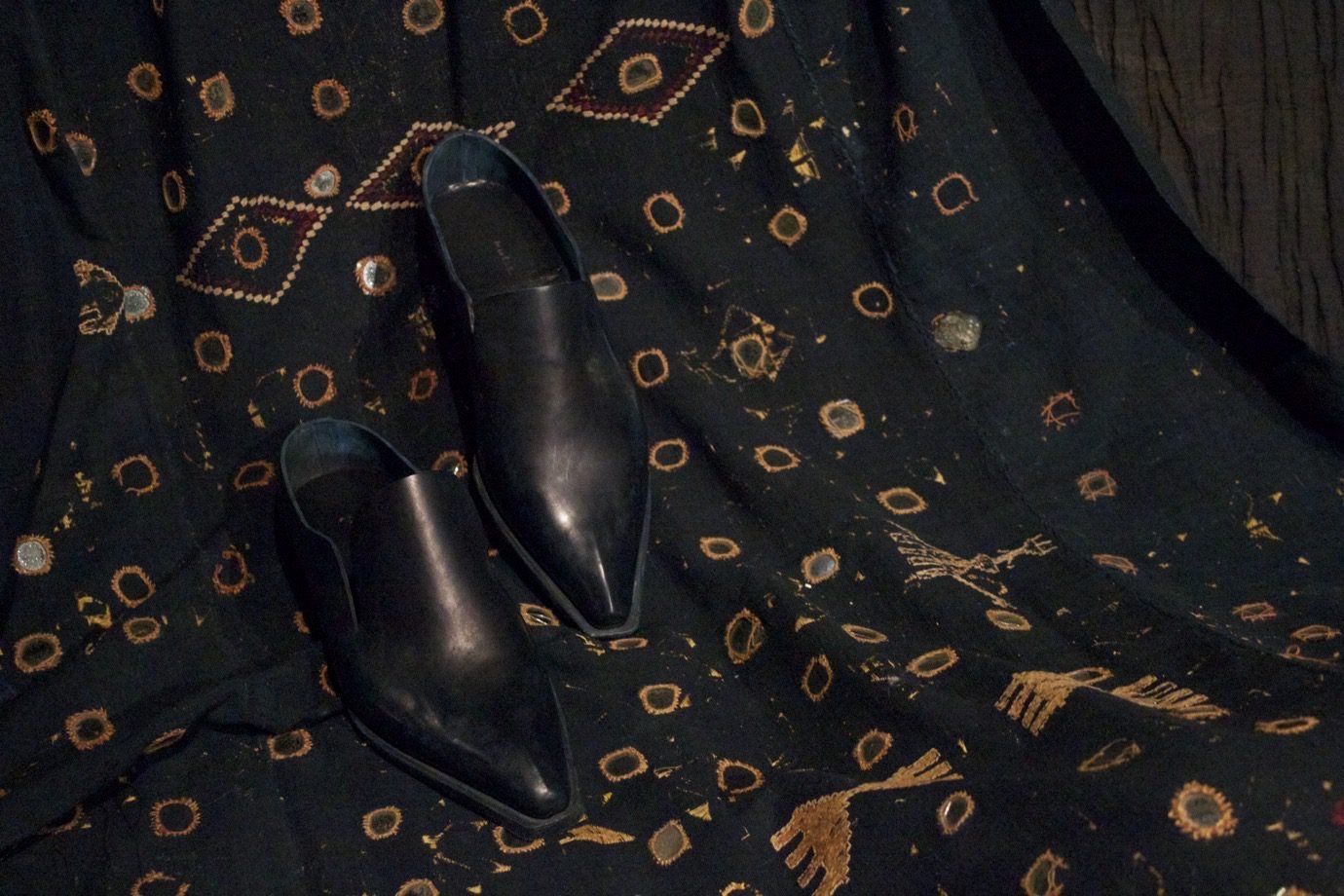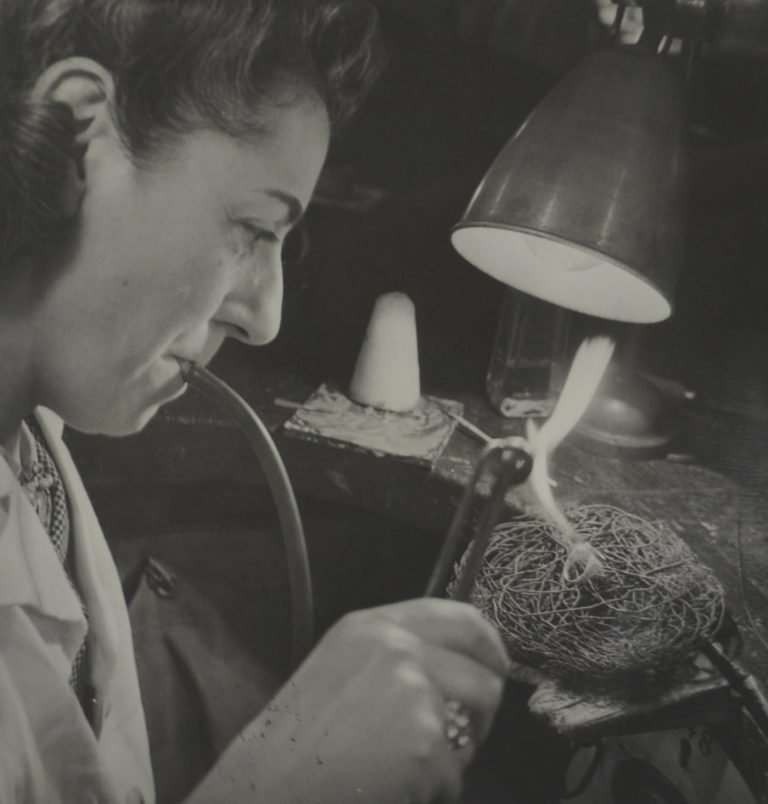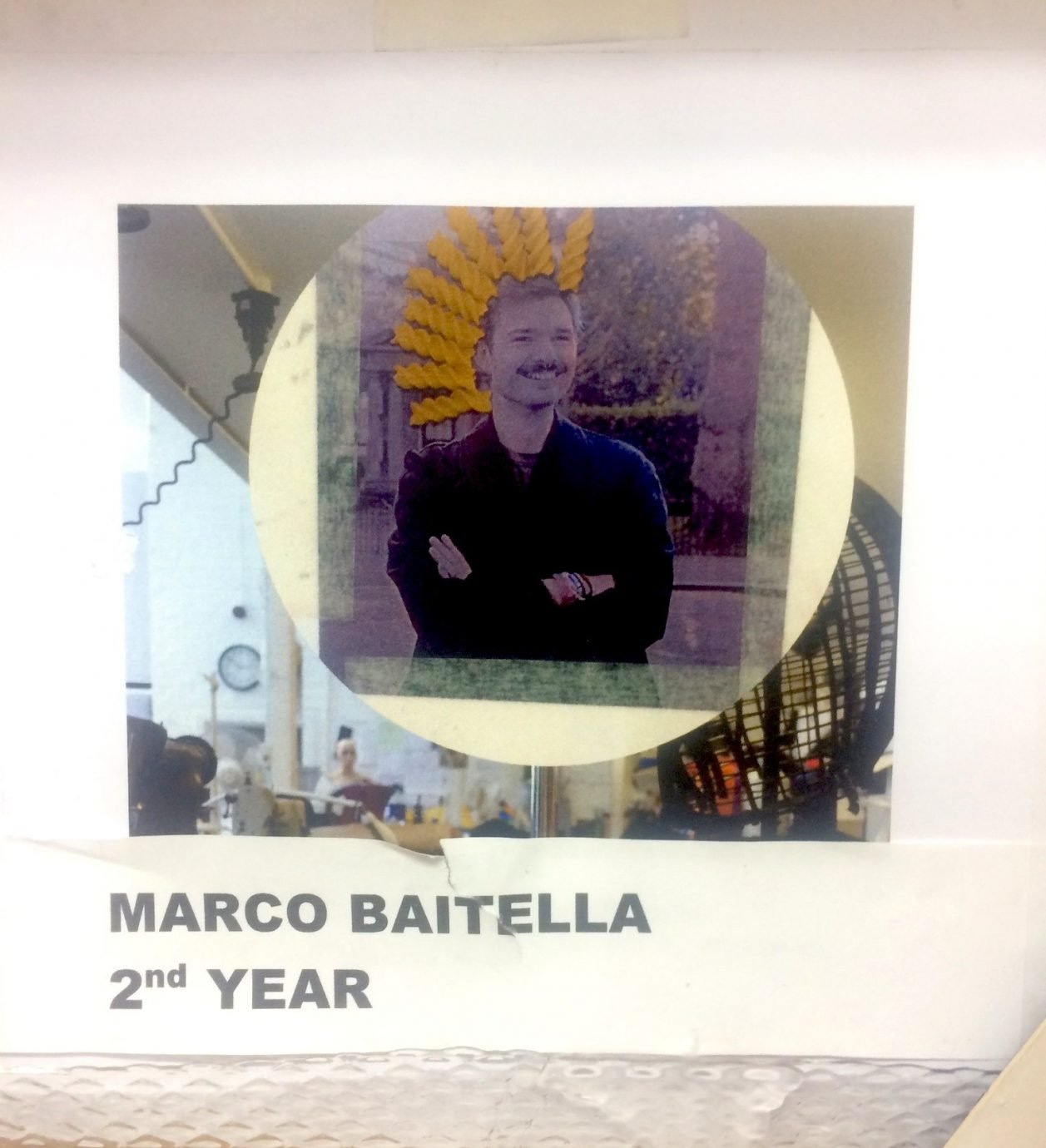The Polish textile designer is level-headed, calm and maintains an even-tone when speaking, giving away only carefully measured smiles and exclamations. Dressed in an all-black uniform, she explains that the clothes she makes are not an obvious extension of her personal style. She prefers the non-descript way of life, choosing comfort and blending-in over spotlight and attention. After all, fashion is about creating a dream, an idea. “It comes down to the fact that you don’t have to dress the way you design.” With this, she makes clothes for a woman who is bold, commands a look-at-me attitude and perhaps slim enough to slip into the sportswear inspired body-con silhouette.
The Masters: Joanna Wawrzyńczak
It’s the Central Saint Martins MA graduate show at Brewer Street Car Park in London. Strobe lights blaring, tunes on loop, a house-full of industry insiders and stalwarts, when models clad in Joanna Wawrzyńczak’s collection march onto the runway in a stream of patterns. What a tumultuous journey it has been for the designer – from having to do a retrieval project to keep her place on the course to showing at London Fashion Week Autumn/Winter 2016-17.
Joanna did her BA in fashion design at the Academy of Fine Arts in Warsaw. A freshly created fashion design department at the academy meant a “big question mark” on the course outline, reiterates Wawrzyńczak. This meant studying fine art hand in hand with fashion design. It’s this thorough art background that effectively spills into her current work. Her head-to-toe prints are inspired by Niki de Saint Phalle’s artworks. On the explosion of colourful prints she says, “I knew I didn’t want to do minimal and oversized. It’s really not my thing.” The outcome? Overlapping all-over hand-painted mesh and jersey fabrics that collapse into one another to create a digital 3D-effect. Tights that extend into shoes, body-suits clinging onto layered polo-necks, mid-riff bearing cut-outs, ribbed detailing, all lend themselves to flashes of inspiration Joanna gathered from 90s Versace, London’s 80s hit-label BodyMap, and in doses – her muse, her alter-ego, her sister. “When I look at the kind of clothes my sister wears, I feel a bit like a freak. Because I am the one in fashion and I like quality things, but I always wear them pared down. It’s nice to know that there are people out there who could be the market for these crazy things.”
“Beyoncé!” she says when asked which celebrity she sees wearing her clothes. Why? Because she has a massive impact on a huge number of people. A little further into the interview and she backs out on this thought. “Lena Dunham!” she says absolutely sure of her choice this time. I recently re-read her book “Not That Kind of Girl… I love her – I think she is doing something really interesting for our generation of people and women.”
She didn’t always recognise how well she worked with colour. “The tutors at Central Saint Martins very quickly see something inside you that you don’t even know is your strength. They pull it out of you and build your work upon that,” she says, explaining her evolution from a black and white with bare-minimum colour BA showcase, to her most recent collection. Of course, taking in feedback from tutors is not always as easy, she quietly adds. “I was really sad and angry with myself when I didn’t fare well and had to re-do my project. It is always a bit unpleasant when someone is criticising your work, because it is YOUR work and you’re sensitive towards it.” Her first year MA collection lacked focus and the tutors didn’t see a clear idea come through. Moping came easy at this stage, however, Joanna pulled herself out of it soon. A trip back to Poland to her family, a regained clearer vision of why she wanted to be on the course, and what she wanted out of it, kicked in. This clarity is what makes her tick even now. “Making a collection is hell. But it is manageable hell. I get stressed when I can’t control certain things, but there is always something you can do to turn the situation around if you are planned and organised,” she says as a suspiciously serene smile settles on her face.
She owes her interest in abstract shapes and graphic elements to growing up in a “maximalist environment” at home. Her family lived in Nigeria before moving back to Poland when she was born. “Shady artefacts” like tortoise shells, lots of animals at home, vibrant colours – were all a normal part of growing up. “My grandma would tell me stories behind every piece of clothing or intricately beaded jewellery she owned from back in Africa. It felt like folklore. I have always liked a folklore feel to things. It doesn’t show so much anymore, but my initial collections were inspired by this.” She goes to explain that when she initially painted the designs by hand, they looked like giant paisley leaves. After heat transferring, pressing of the prints onto the fabric and random placement on the pattern, the familiar paisley was lost – and she loves this surprise. “A lot of people mistakenly think that it’s a digital print. It’s quite nice that it looks digitalised, but I wanted the fabric to move so it didn’t look like it came out of a digital printer.”
Of course a 6-month internship at McQueen’s print department in London helped her master her print game. “You can learn a lot from a massive company. If you’re not whiny, you’ll make it, and if you’re hard working, you’ll make it. Regardless of whether the brand aesthetic is my aesthetic. You can go to a brand that is completely not your aesthetic and still do it and learn a lot.”
If you enter the atelier, you are likely to spot Joanna working with headphones plugged in, focused deeply into her work. This outlook extends into the kind of people she admires. “My favourite book has to be Helmut Newton’s autobiography. Everyone should read it. His life was incredible, growing up in Berlin and moving to a completely different place – it’s like reading an adventure novel. I watched one short video of when he was shooting a model, and he just looked so closed from the outside world when working. I think people find people like that very intimidating when they’re not bubbly and jolly,” she says. It is easy to imagine Joanna entirely immersed in her work with not a minute to spare for unnecessary frivolities. Her warmth lies in her professionalism. To keep herself grounded, she finds friends in people who are entirely disconnected from the fashion bubble. Being with likeminded “fashion kids” on a daily basis has its perks, of course. “I love the friends I’ve made here. They do the same thing I do and I love to talk to them about strange ideas like ‘what is fashion’, because this is my everyday life after all.”
The future is undecided. She has offers but none that she will name until she’s sure of which she is going with. “I wasn’t really looking for or expecting anything to come from the show. It wasn’t a matter of life or death for me to be in the show, so it’s nice when people tell me “I really your collection” or when they ask me if they can borrow it for a magazine shoot,” she gleams. So now where from here? “I want to work with a brand – gain more experience. I am not set on starting my own business yet,” she ends with hopeful clarity and not a bat of an eyelash.


